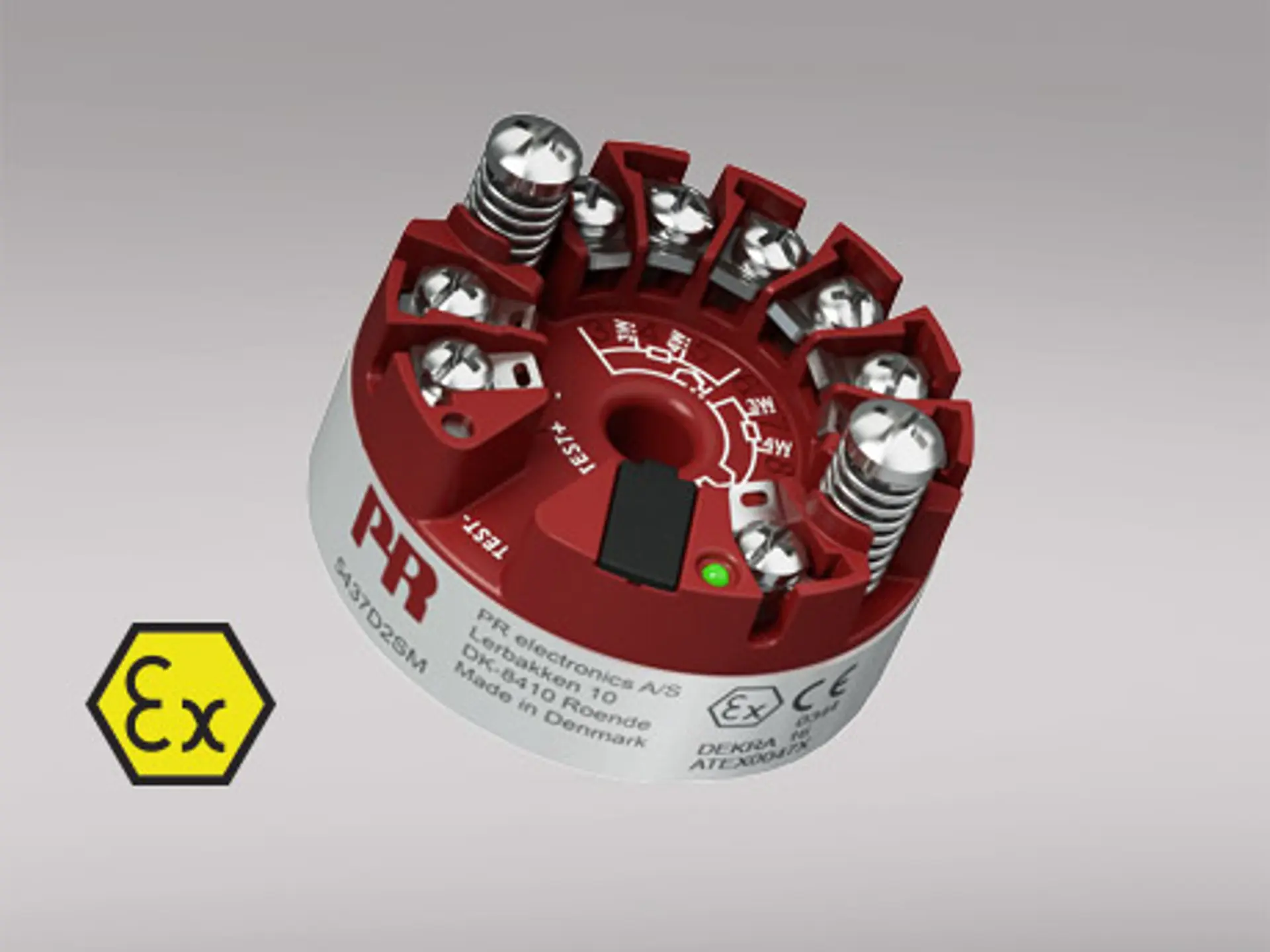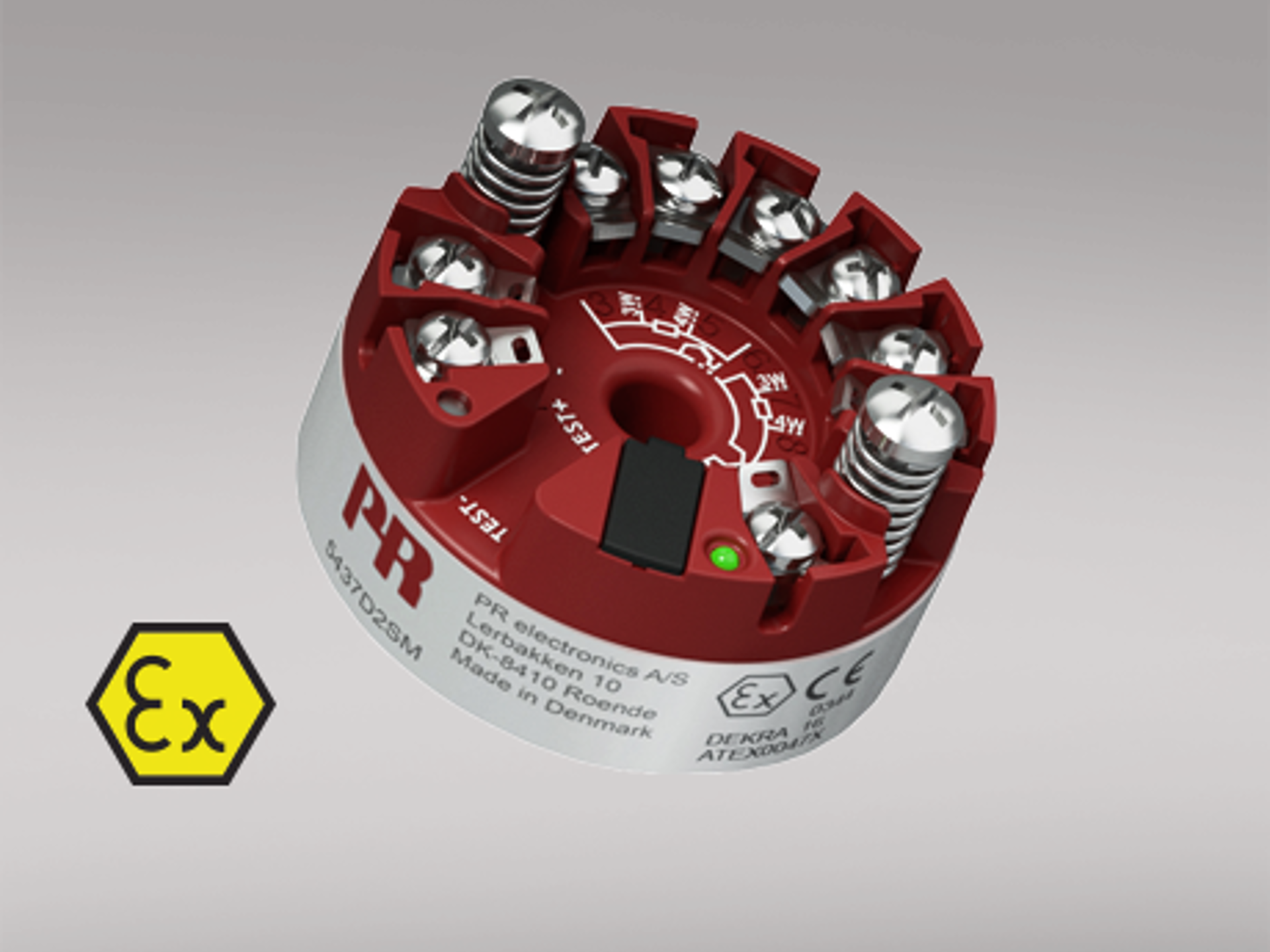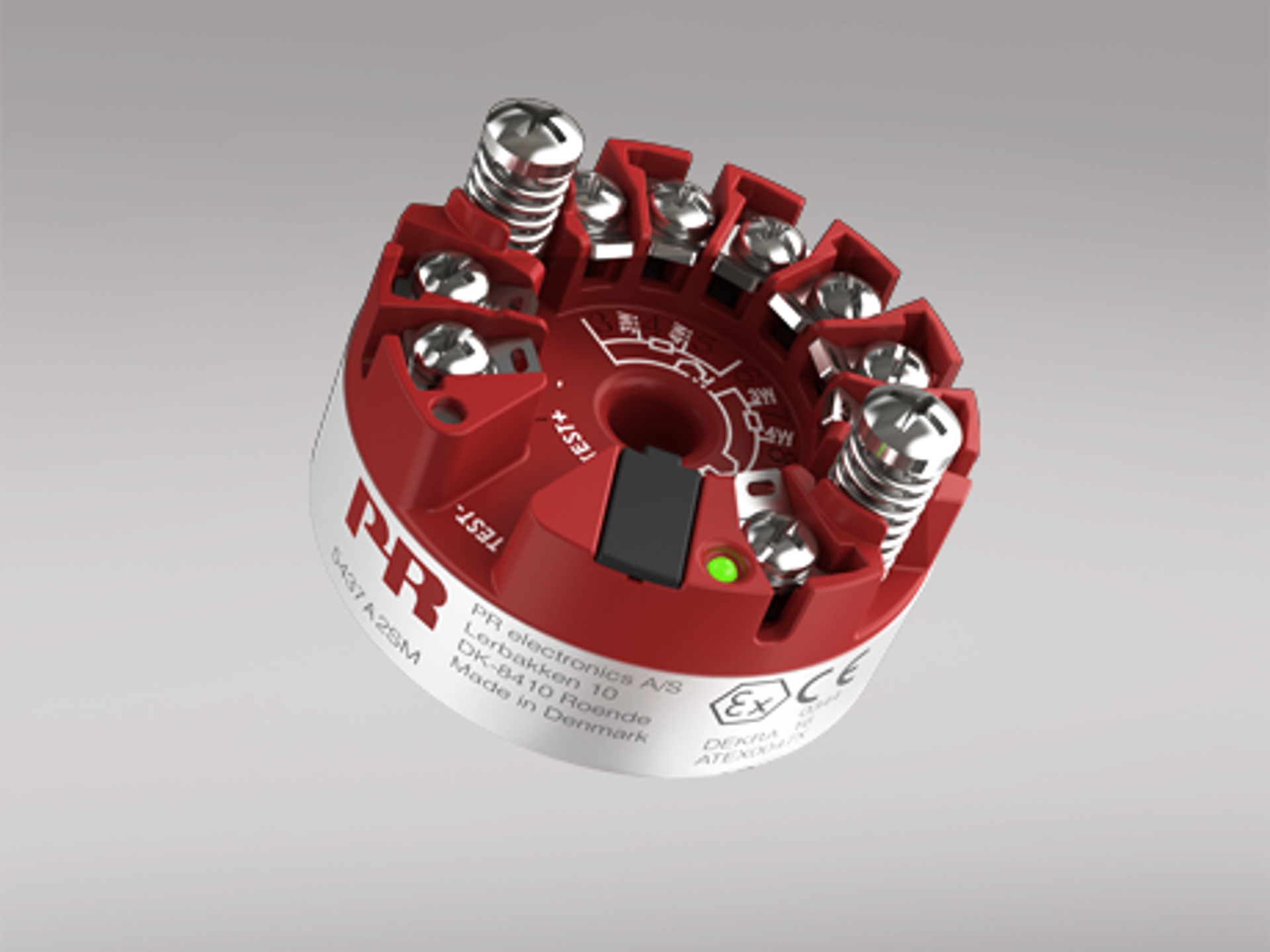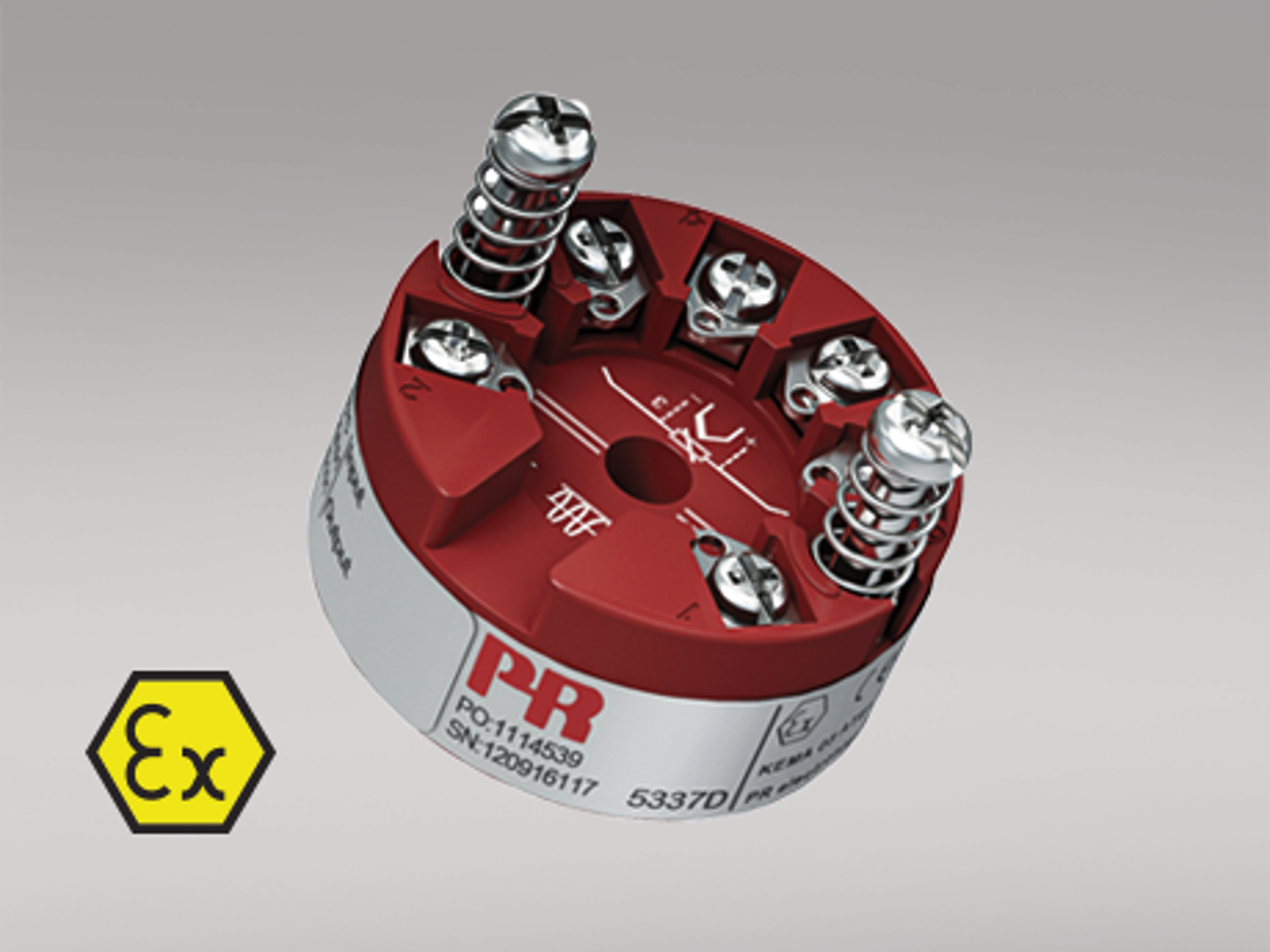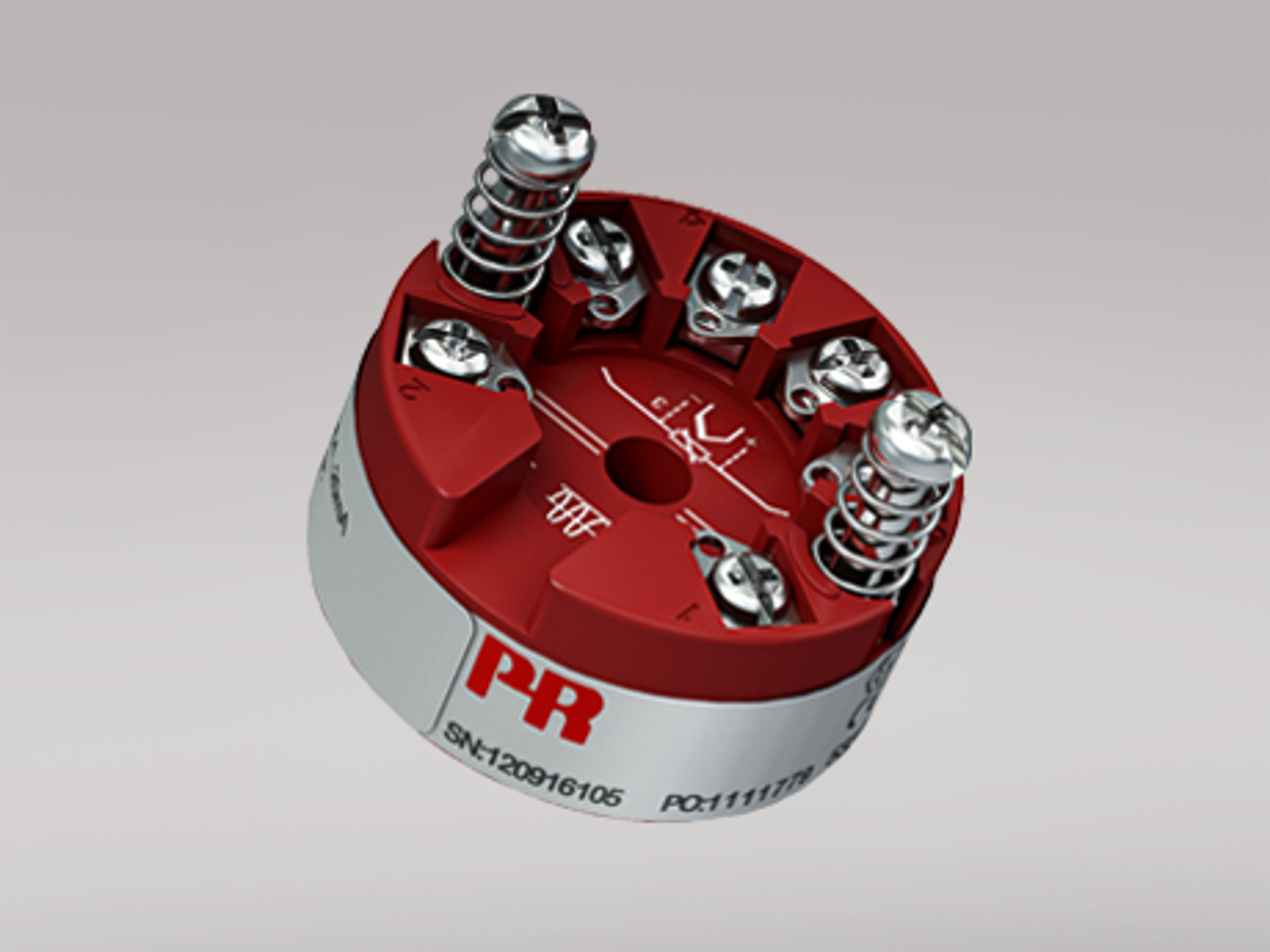Thermocouple sensors: Precision temperature measurement for industrial applications
Thermocouple sensors, or TC sensors, are essential for accurate temperature monitoring in diverse industrial settings.
Known for their durability, broad temperature range, and versatility, these sensors are integral in processes requiring high precision and real-time data. TC sensors function by measuring the voltage generated between two dissimilar metals when subjected to temperature changes, offering reliable readings across extreme conditions.
Selection of thermocouple sensors
Industries such as manufacturing, chemical processing, and power generation rely heavily on thermocouple sensors to maintain operational efficiency and ensure product quality. Their ability to operate in environments with fluctuating or extreme temperatures makes them a trusted solution for critical applications.
The advantages of thermocouple sensors in industrial environments
Thermocouple sensors provide unmatched versatility in industrial processes. They are widely compatible with different types of transmitters and support a range of temperature monitoring needs.
With the ability to measure extreme temperatures—from cryogenic levels to over 1,000°C—TC sensors excel in demanding environments. Their simple yet robust design also makes them highly durable, resistant to mechanical stress, and suitable for use in hazardous zones.
By integrating with advanced transmitters, such as the HART-enabled 5437D and 5437B, thermocouple sensors deliver precise and reliable data that enhances operational safety and efficiency. These transmitters further optimize TC sensor performance by offering features like sensor redundancy, drift detection, and advanced communication protocols.
Advanced features of HART-enabled thermocouple transmitters
Modern thermocouple sensors achieve peak performance when paired with advanced transmitters like the 5437D and 5437B. These transmitters provide cutting-edge functionality, including support for true dual-input sensors, allowing them to handle two independent thermocouple inputs simultaneously. This capability enhances operational reliability by ensuring accurate measurements even in the event of sensor failure.
The integration of HART communication protocols enables real-time diagnostics, remote configuration, and seamless integration into existing control systems. These transmitters also feature dynamic variable mapping, offering options like average, differential, and minimum/maximum tracking of process data. Combined with high galvanic isolation and superior accuracy, these devices are ideal for complex industrial applications.
5437D HART-enabled thermocouple transmitter: precision and reliability
The 5437D transmitter is designed to meet the demands of critical industrial applications. Supporting a wide range of thermocouple types, it ensures precise temperature measurements with total accuracy as high as 0.014%. Its rugged design, featuring a high galvanic isolation of 2.5 kVAC, protects the system from electrical interference, ensuring uninterrupted performance even in electrically noisy environments.
The transmitter also includes sensor redundancy, automatically switching to a secondary sensor in the event of failure. Drift detection capabilities further enhance reliability by alerting operators when performance deviates from expected standards. With a wide ambient operating range of -50°C to +85°C, the 5437D is equipped to perform in extreme conditions, making it an ideal choice for industries requiring precision and resilience.
5437B HART-enabled thermocouple transmitter: customizable for complex applications
The 5437B transmitter offers similar advanced features as the 5437D but emphasizes adaptability for unique industrial processes. Its high-density 7-terminal design supports extensive input combinations, ensuring compatibility with a variety of thermocouple and RTD sensor types. With its dynamic variable mapping and programmable input limits, the 5437B is tailored for applications requiring customized measurement solutions.
The device is designed for safety-critical environments, meeting IEC 61508 standards for SIL 2/3 certification. Its robust construction and advanced features make it particularly suitable for use in hazardous areas, including Zone 0, 1, and 2, as well as mining applications. Whether used in a refinery, chemical plant, or manufacturing facility, the 5437B ensures precise and reliable temperature control.
Applications of thermocouple sensors across industries
Thermocouple sensors are indispensable in a wide range of industrial applications. Their broad temperature range and compatibility with advanced transmitters allow them to perform reliably in various environments.
In power generation, TC sensors monitor the temperature of turbines, boilers, and heat exchangers, ensuring energy efficiency and operational safety. Chemical processing plants rely on these sensors to maintain precise reaction conditions, while the manufacturing sector uses them for processes such as heat treatment and welding.
In hazardous areas, thermocouple sensors paired with HART-enabled transmitters ensure accurate readings and protect critical systems from electrical surges.
Choosing the right thermocouple sensor and transmitter
Thermocouple sensors deliver precise and reliable temperature monitoring for industrial applications, and their performance is further enhanced when paired with advanced transmitters like the 5437D and 5437B. These devices provide cutting-edge features such as sensor redundancy, drift detection, and HART communication, ensuring accurate measurements and operational safety even in challenging environments.
By selecting the right combination of thermocouple sensor and transmitter, industries can achieve optimal temperature control, enhance process efficiency, and ensure the longevity of their systems.
Whether you require robust performance in extreme conditions or advanced diagnostic capabilities, thermocouple sensors and their supporting transmitters provide a reliable and effective solution for all temperature monitoring needs.

